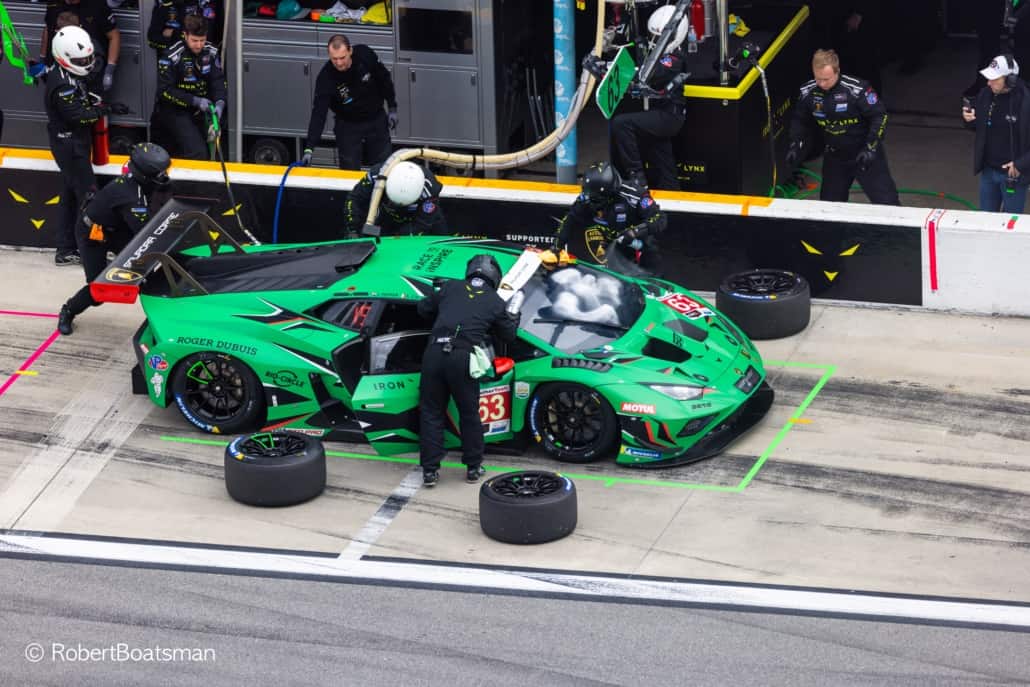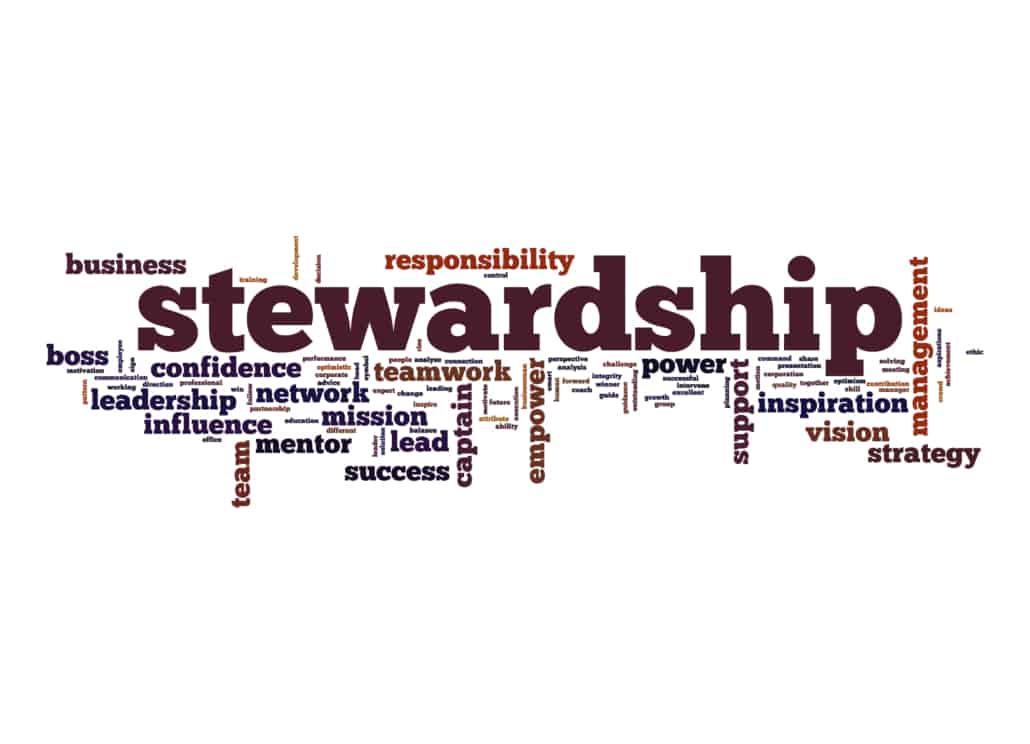Just the Way “WE” Always Wanted It
In many ways this post has been a long time coming. I’ve run into versions of what I’ll be sharing this week for years now, but never felt compelled to devote a whole post to it.
Some confluence of cases in my head, from the past and from current discussions with clients and prospects, has resulted in my finally deciding to tackle this tough subject.
In other ways, though, it’s so simple to describe, that even those who know little about family business can easily relate to such stories when I share the basic fact patterns.
Every parent says they want what’s best for all of their children, and every single one of them believes it when they say it.
But they sometimes overestimate how much they know, as well as what they can control to make that happen.
Building the Dream Family Business
The closest I’ve come to writing about a version of this was way back in 2016, with When your Greatest Desire is also your Greatest Fear.
But that post was about the fact that parents hope to get to a level of wealth that makes the lives of all their family members easier, and then end up “overshooting” that level, and suddenly realize they’ve got a whole different challenge on their hands, often labelled as entitlement.
This week we’re looking at parental desires again, but from different perspective, and with a whole other kind of downside.
Unlikely Business Partners
The simplest way to describe the phenomenon is to consider a family business with just one person or couple in charge, who have more than one child together.
They will often want to bring all of their offspring into the business with them, and run things together as the prototypical “one big happy family”.
And this can work for a time, especially while the senior generation remains in place, to mitigate any sibling issues “in the bud”.
The problem comes later, after the exit of the parents, when the siblings end up in a situation where they’re now unwitting partners together.
They’ve worked together for while, but at a lower level, with less at stake and possibly less ego involvement.
Eventually they realize they’re stuck in a partnership with people with whom they never would have entered into business together of their own free will.
“Plans that Don’t Include Us”
Too often the parents make plans with professionals regarding their estate plans that include an operating business, and because they’ve long dreamt that what they’ve been building will continue on with the whole family at the helm, those plans end up creating sibling partnerships that really don’t have a high likelihood of surviving long term.
See Why Succession Planning Fails
When the cart (the legal structures) is put before the horse (the relationships of the offspring expected to work well together), things are set up for failure more than for success.
And it happens all the time.
Hopefully it can be caught in time, plans can be modified, and a new plan, this time including input from those most affected, can be put into place.
If not, those who end up “stuck as partners” risk having their family relationships damaged because they can’t live up to Mom and Dad’s dreams.
We’re Better Than Our Parents!
I’ve even seen versions of this where a parent hopes to have all of their offspring continue together despite the fact that they previously worked with their own siblings, and quickly realized that was not a good fit.
They couldn’t work with their own sibling, yet they expect their heirs to successfully work together; presumably they believe their own parenting skills are far superior than those of their parents!
Parenting skills are just one variable in this equation, and the human desire for some independence is typically stronger than whether your parents taught you to play nicely together.
Playing nicely as children is one thing, working together as adults is quite another.
Time for a Reality Check
When a family calls in someone like me, it’s often an opportunity for a reality check on those dreams we were talking about.
Assessing the likelihood of success is a large part of what I do, and in many cases (most?) some modifications to “Plan A” are required, to increase the likelihood of their success.
Success looks different for everyone, but continued family harmony is at the top of my list.













